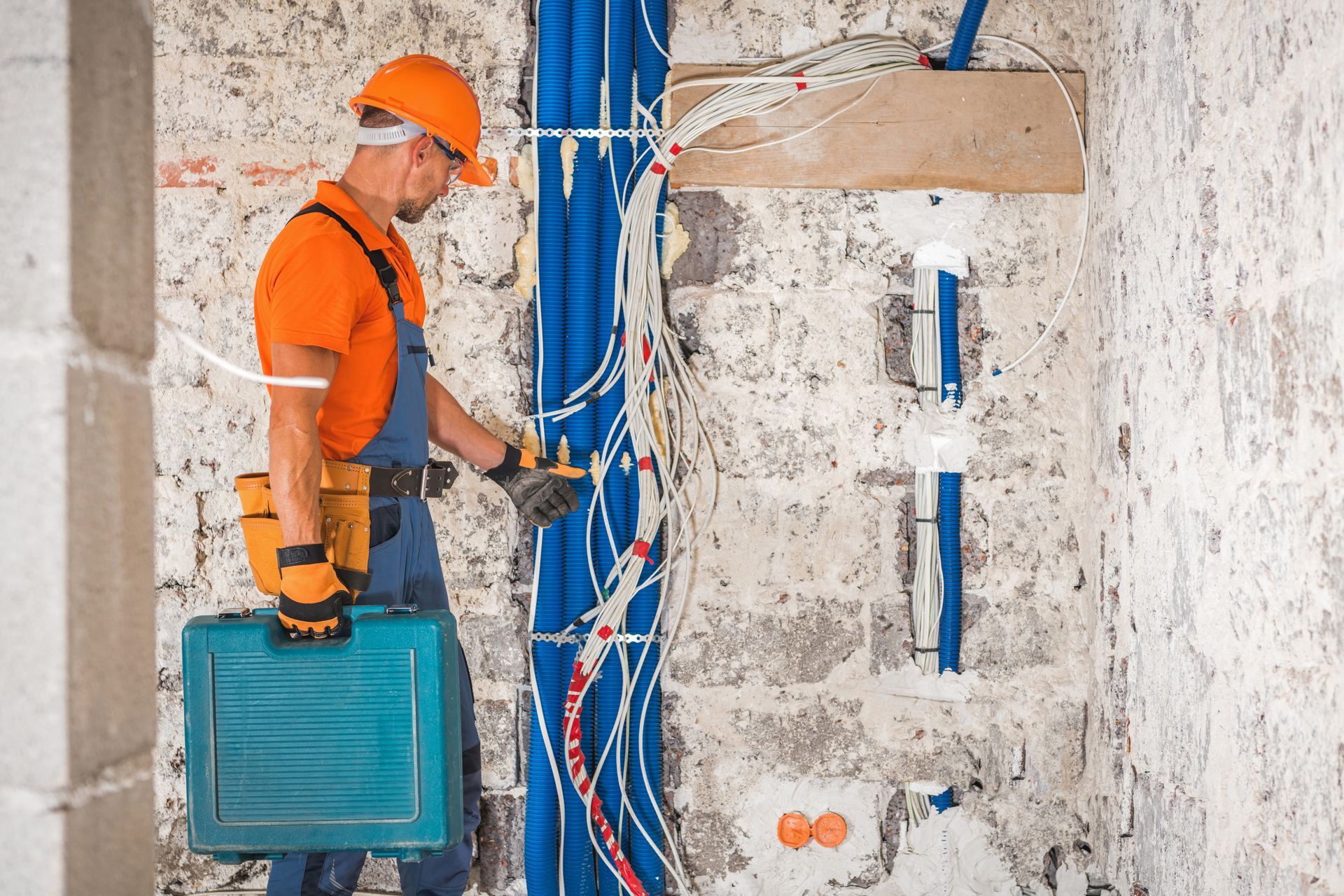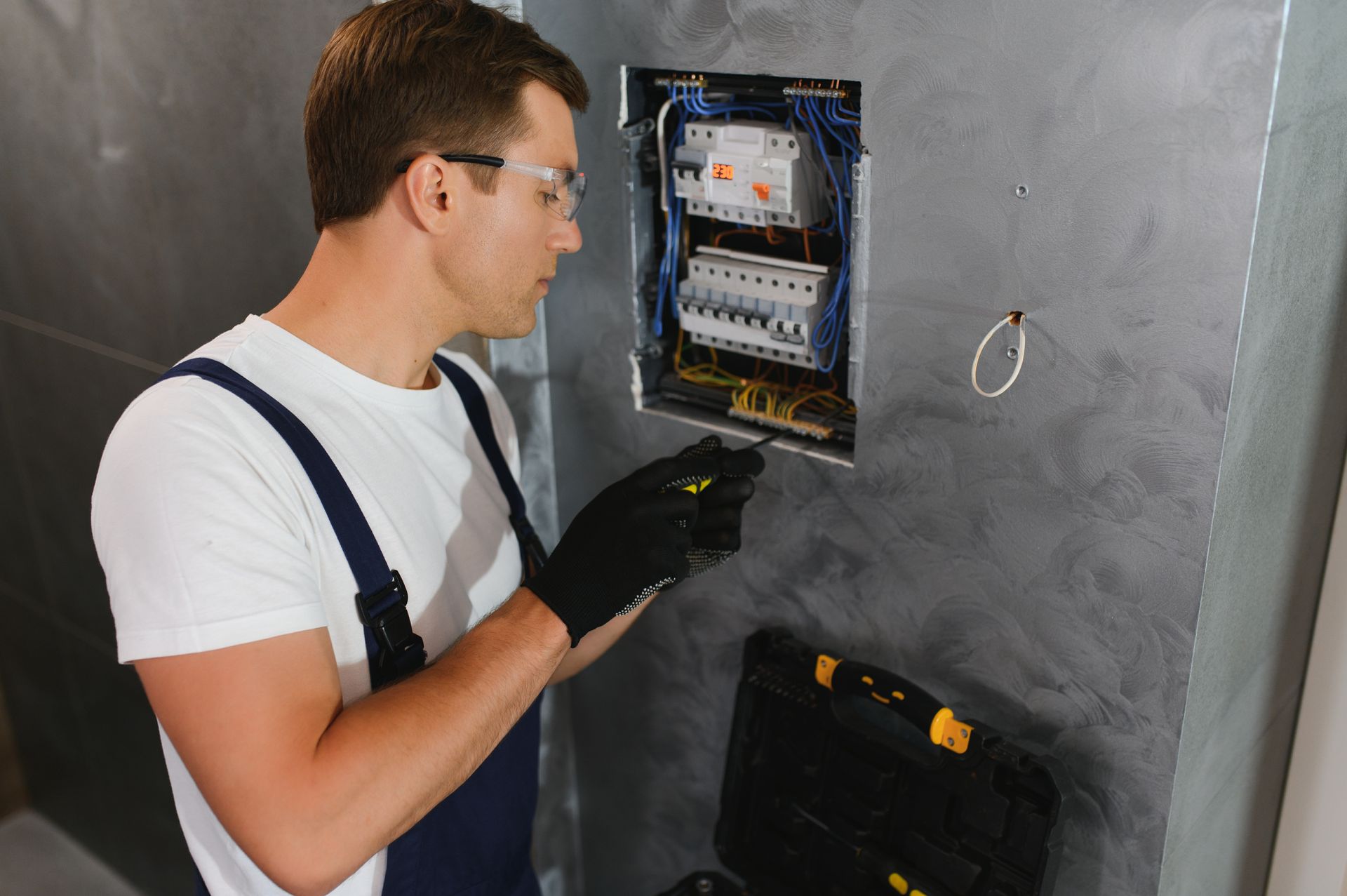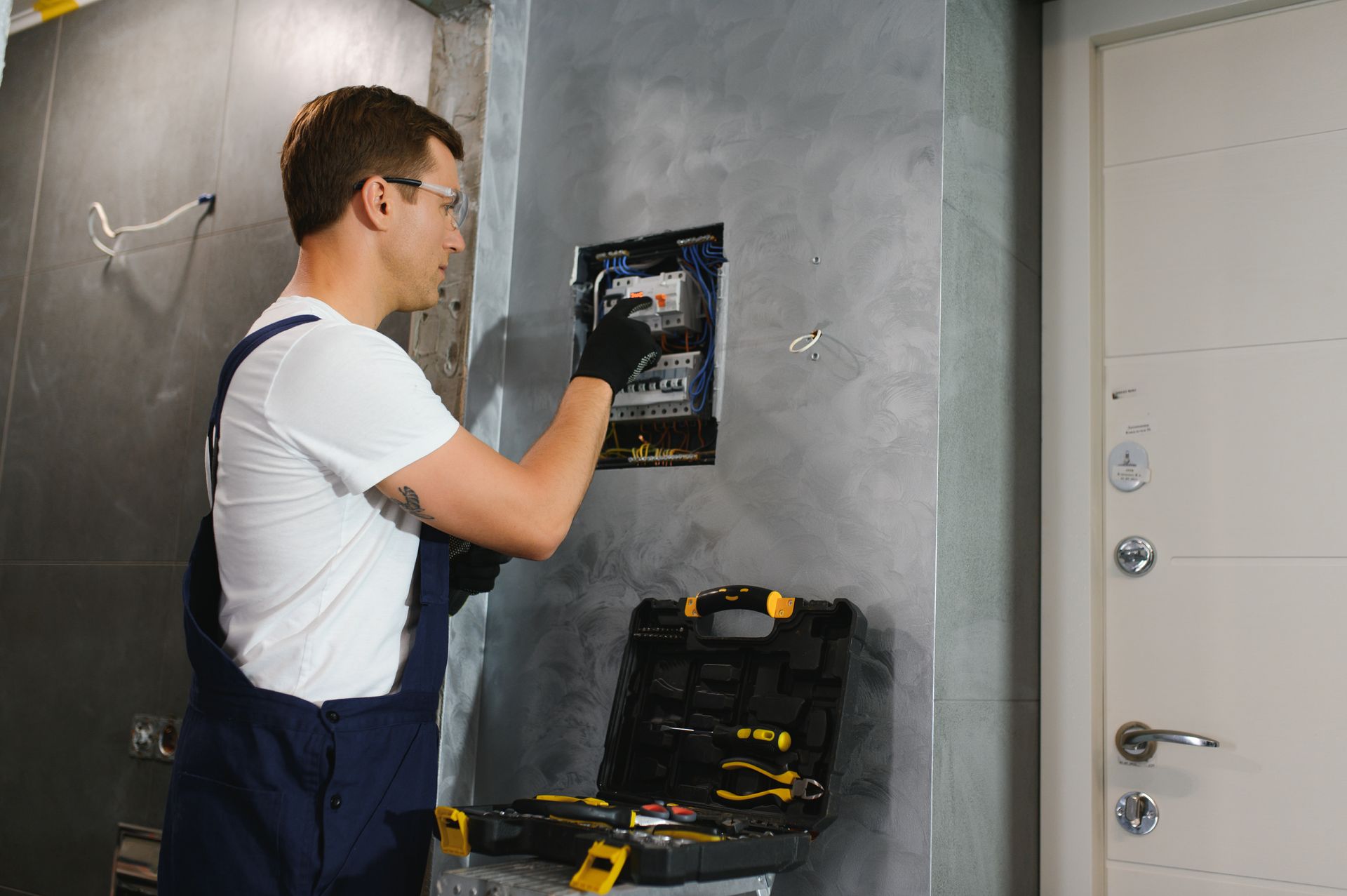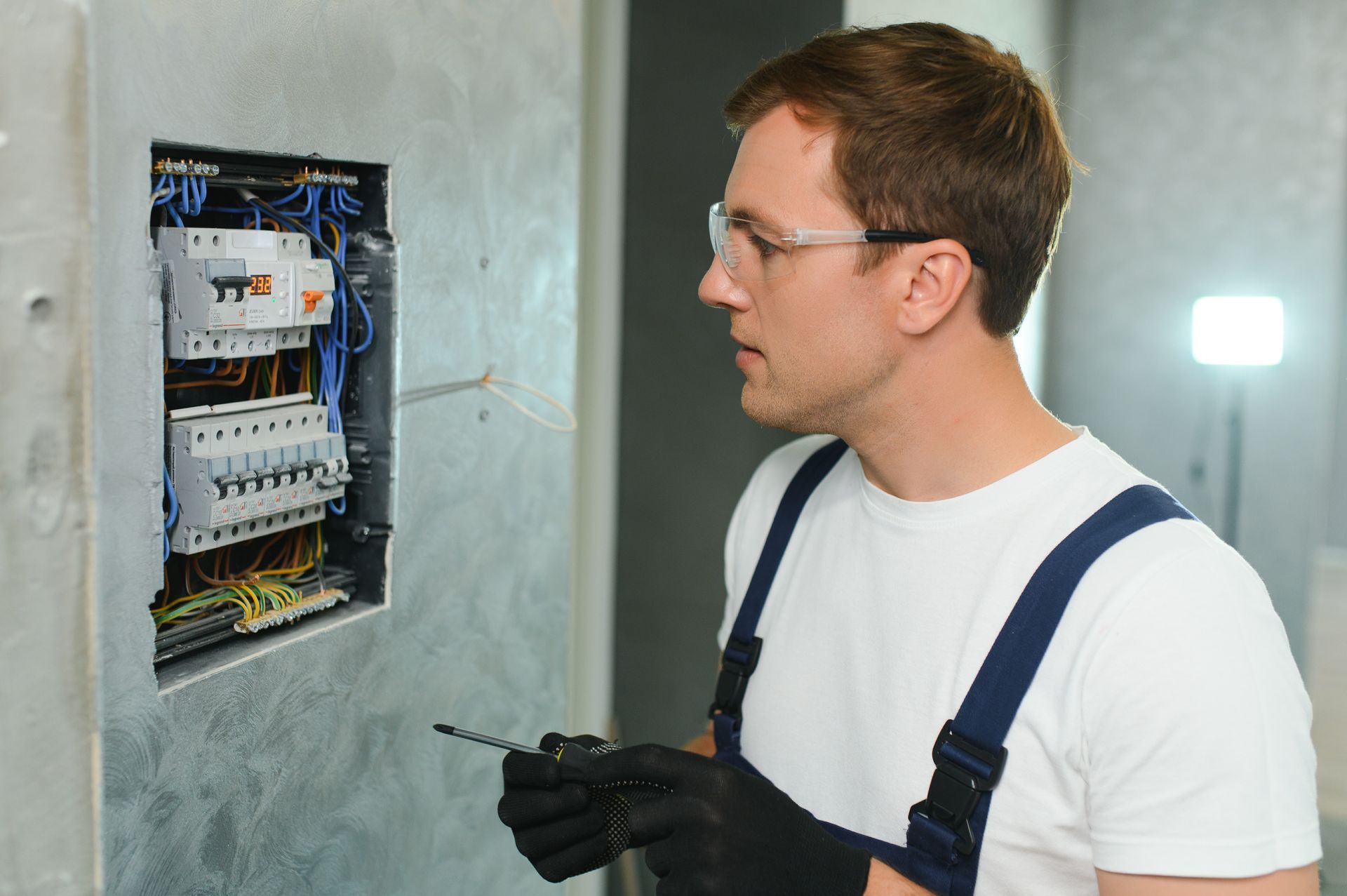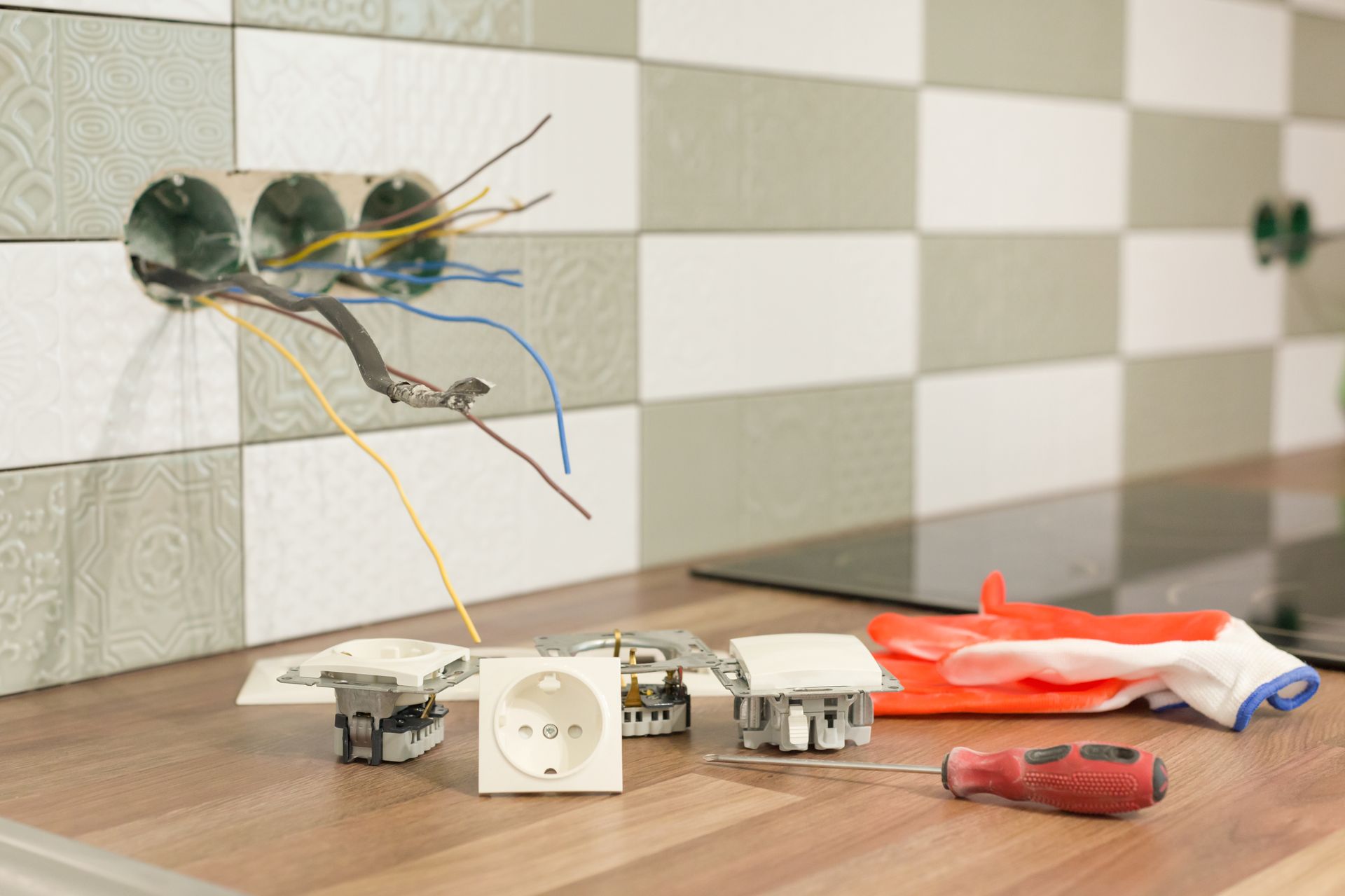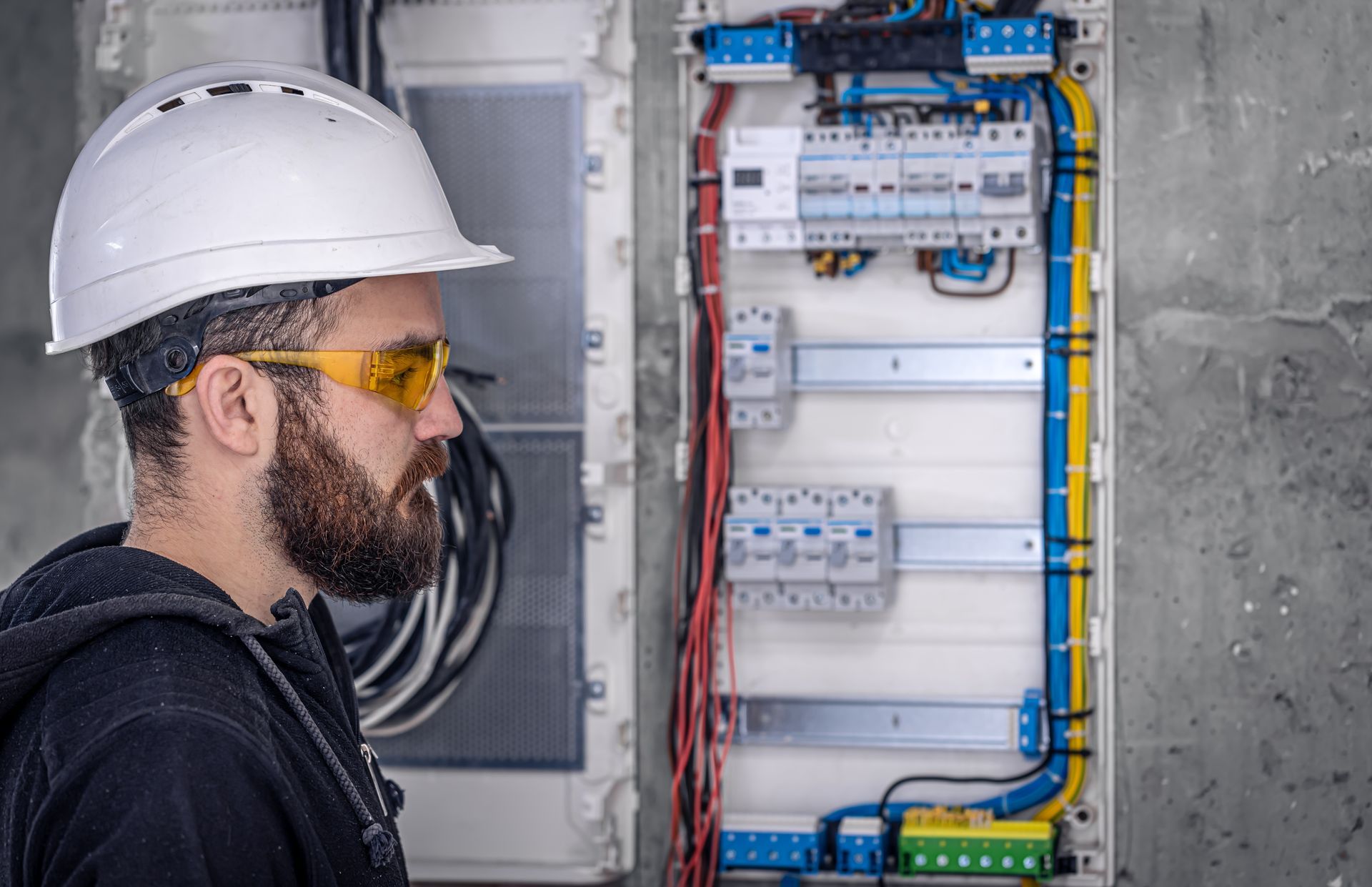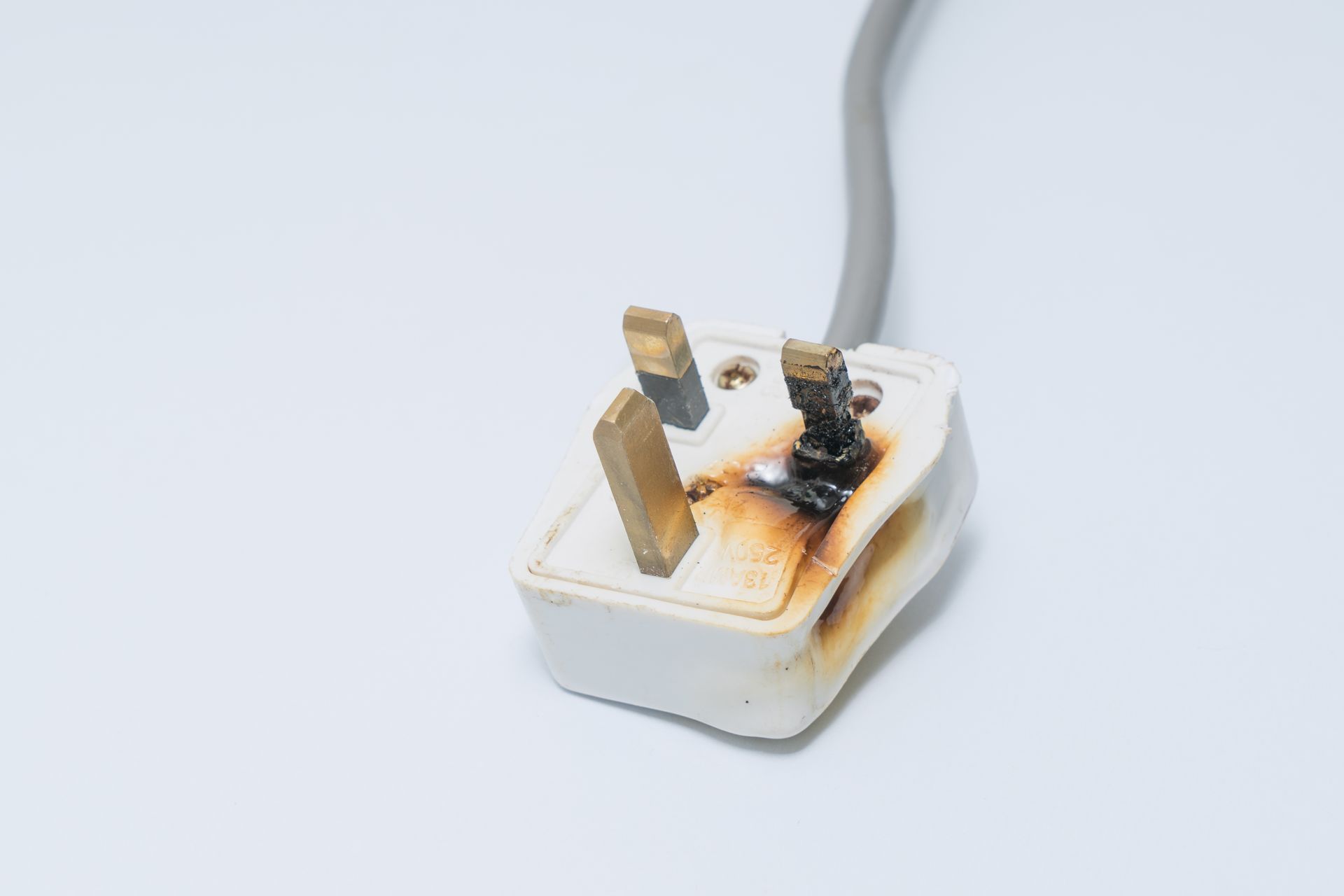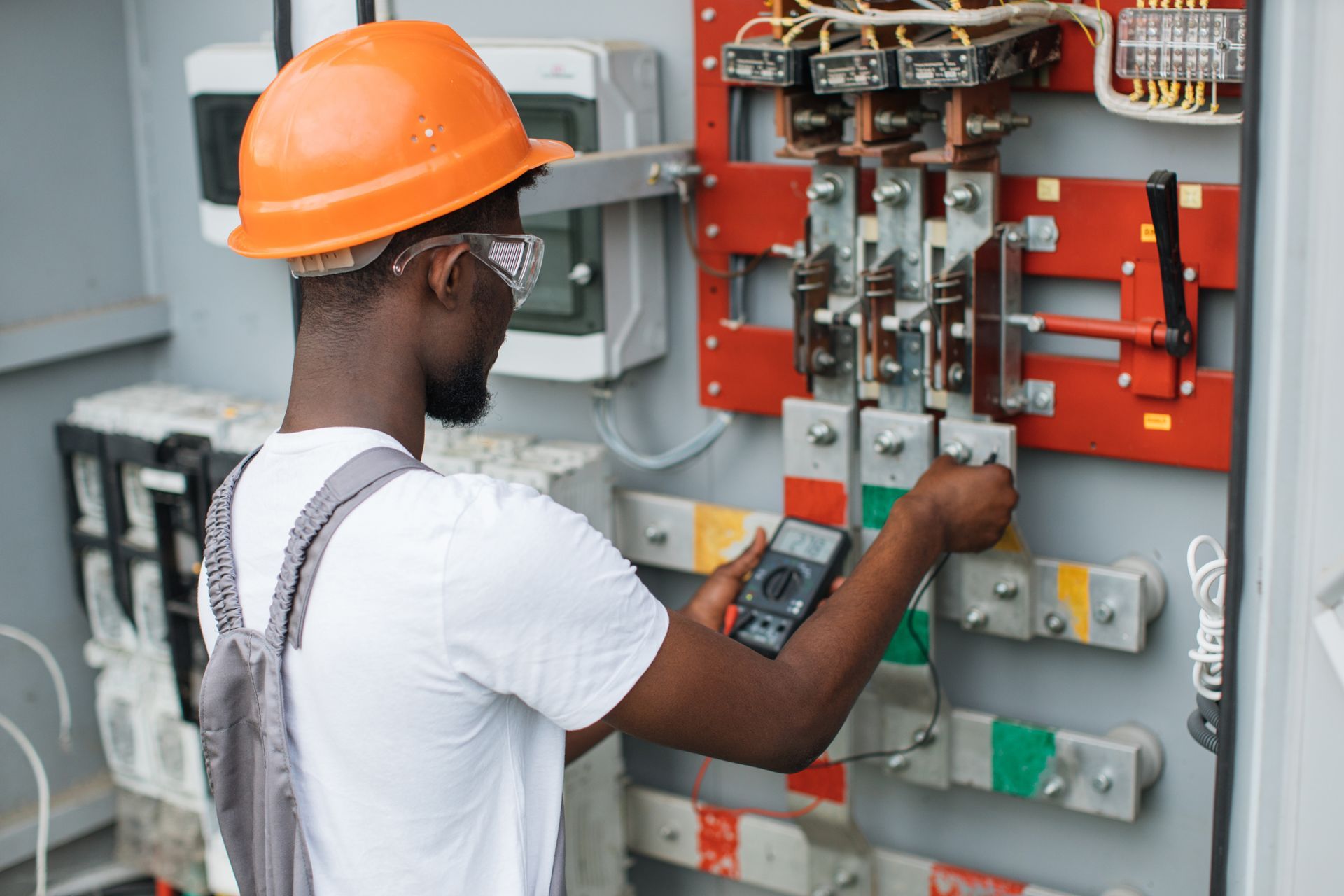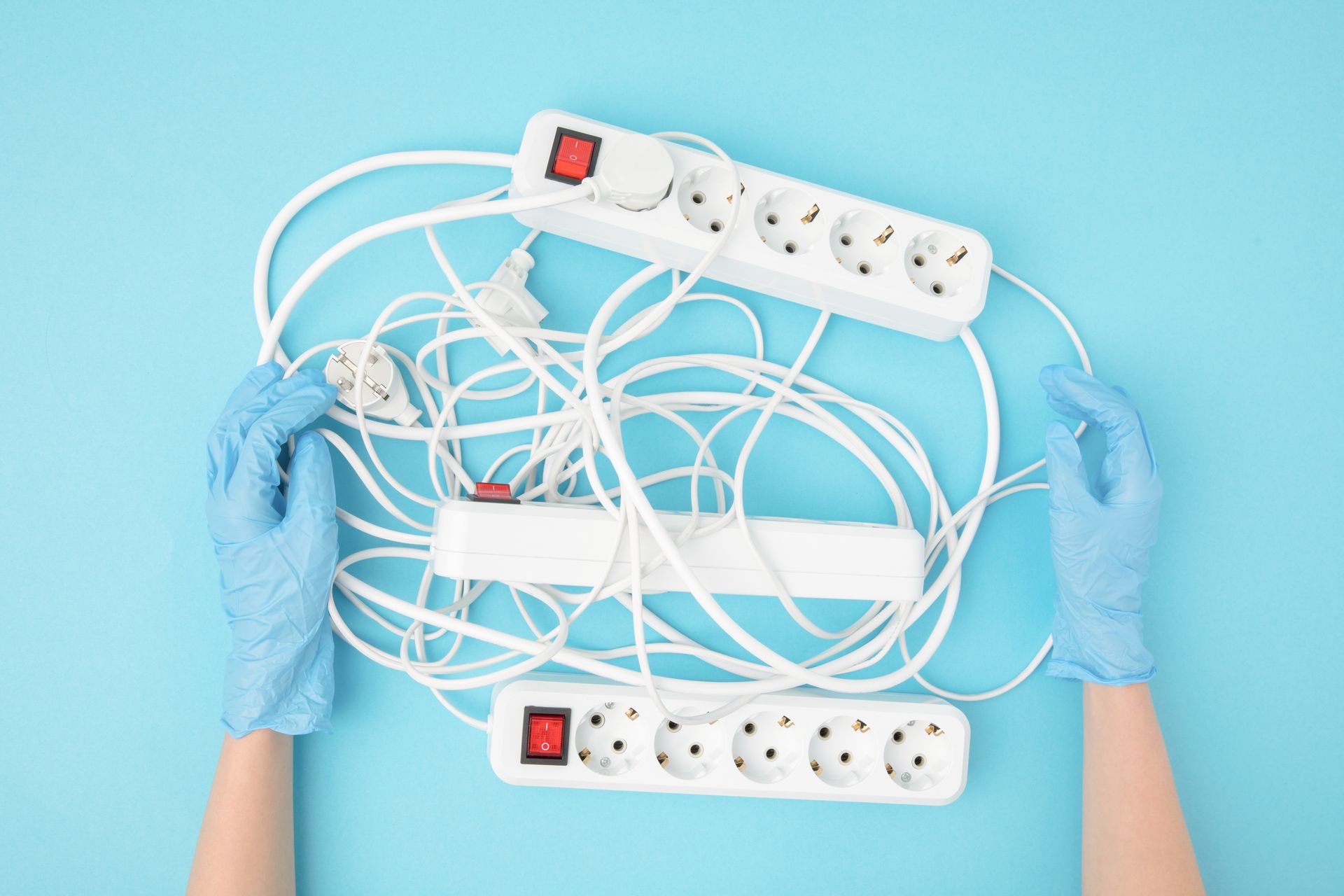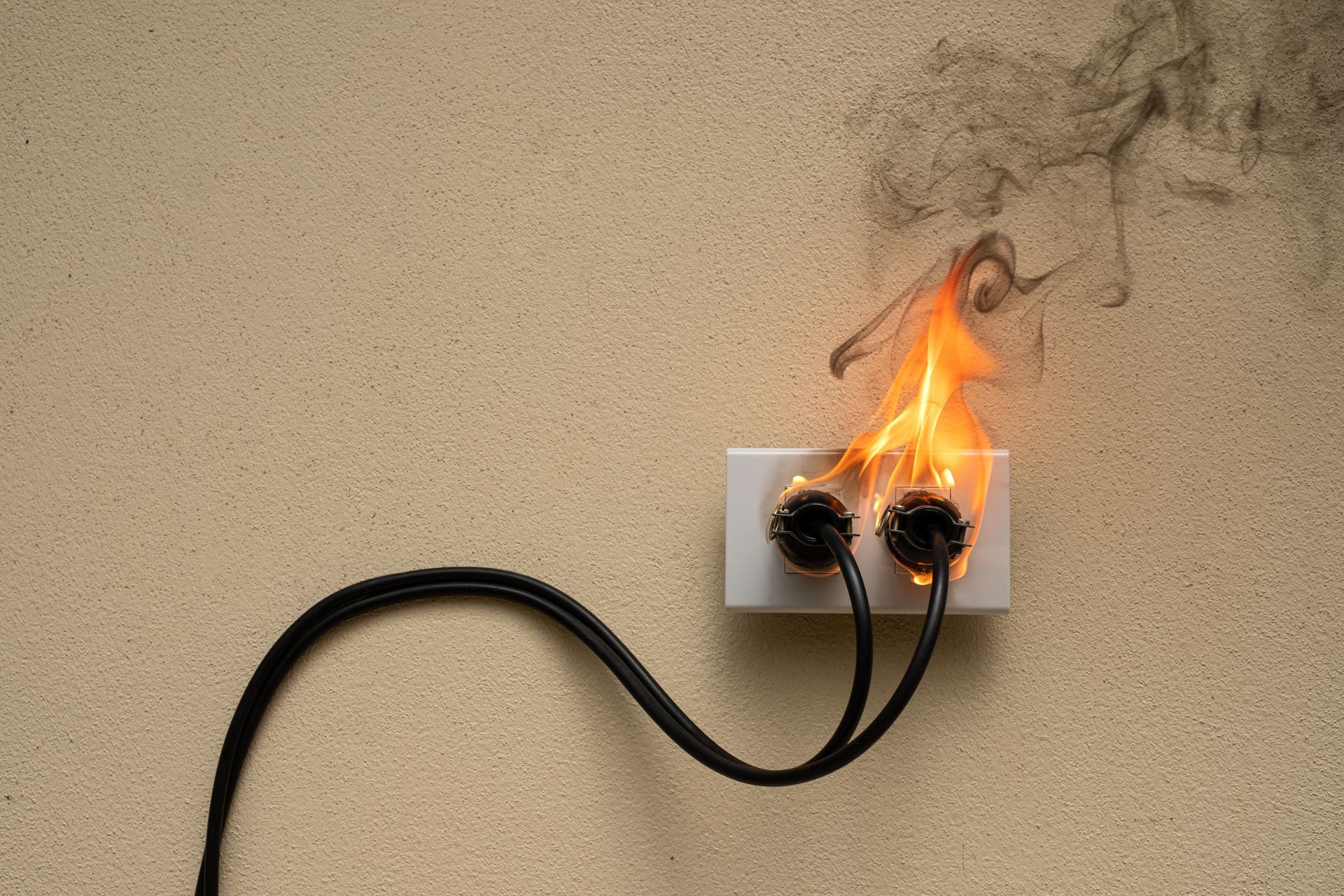Building a New House? Beware of Electrical Safety
Building a New House? Beware of Electrical Safety
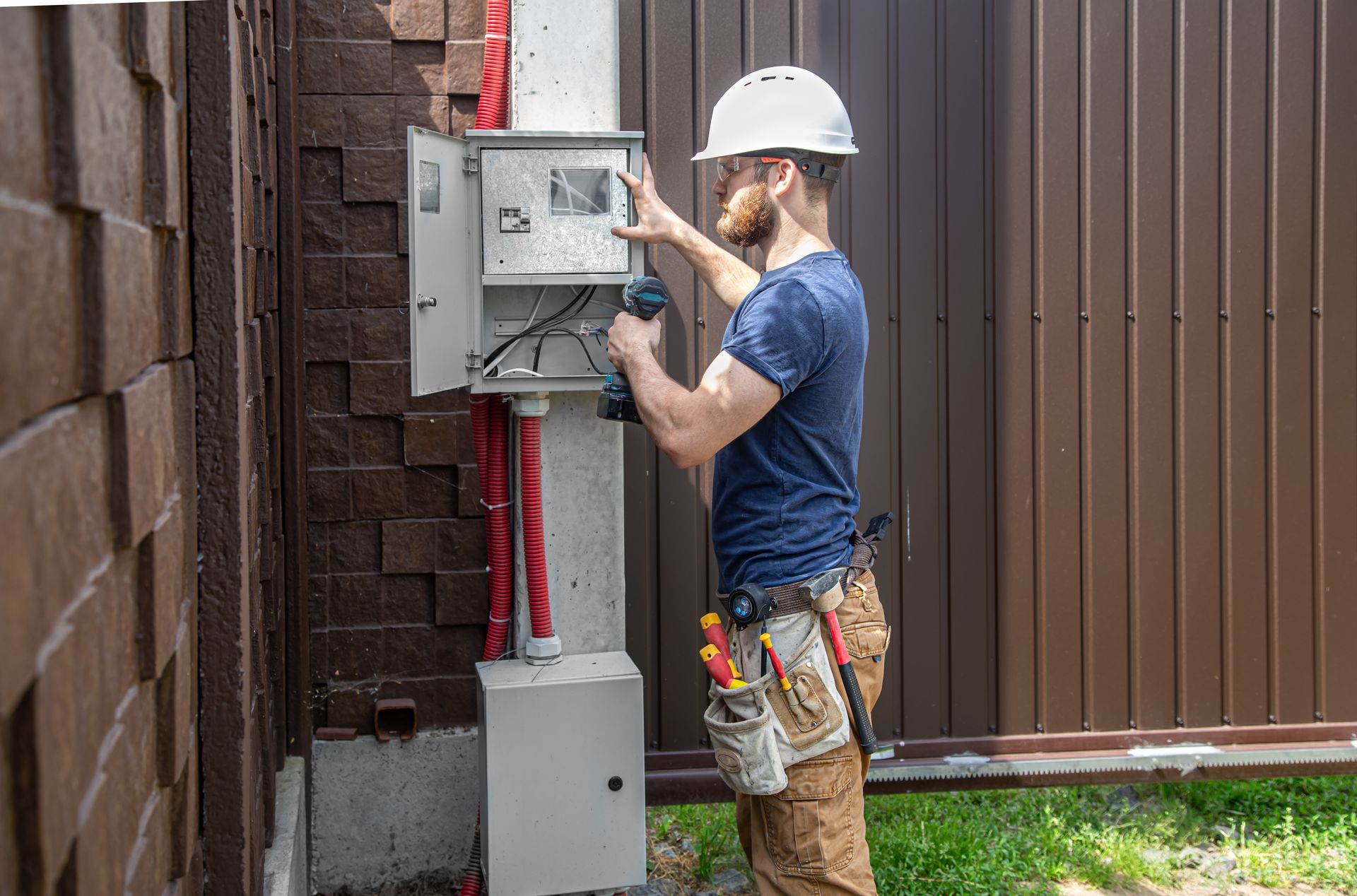
Building a new house is an exciting and complex endeavor that involves careful planning and attention to detail. One of the most critical aspects of new home construction is ensuring electrical safety. Proper electrical installation not only provides reliable power for your home but also safeguards your family from potential hazards. Here’s what you need to know about electrical safety when building a new house, brought to you by TraceTech Solutions.
Key Considerations for Electrical Safety in New Construction
1. Hire Licensed Electricians
Why It's Important:
- Licensed electricians have the training and expertise to handle electrical installations safely and correctly.
- They are familiar with local building codes and regulations, ensuring that your electrical system complies with safety standards.
2. Plan Your Electrical System Thoroughly
Detailed Planning:
- Work with your electrician to design a comprehensive electrical plan that includes the placement of outlets, switches, light fixtures, and major appliances.
- Consider future needs such as home automation, additional appliances, and charging stations for electric vehicles.
3. Use High-Quality Materials
Ensure Durability and Safety:
- Invest in high-quality electrical materials, including wires, cables, outlets, and circuit breakers.
- High-quality materials are less likely to fail and pose a safety risk.
4. Install Ground Fault Circuit Interrupters (GFCIs)
Essential for Safety:
- GFCIs protect against electrical shock by shutting off power when they detect a ground fault.
- Install GFCIs in areas with high moisture levels, such as kitchens, bathrooms, garages, and outdoor locations.
5. Incorporate Arc Fault Circuit Interrupters (AFCIs)
Preventing Fires:
- AFCIs detect and interrupt electrical arcs, which can cause fires.
- Install AFCIs in bedrooms, living rooms, and other areas where electrical devices are frequently used.
6. Ensure Proper Grounding
Crucial for Safety:
- Proper grounding protects your home from electrical surges and reduces the risk of electrical shock.
- Verify that your electrical system is correctly grounded according to local building codes.
7. Label Your Electrical Panel
Easy Identification:
- Clearly label each circuit breaker in your electrical panel to identify which areas of your home they control.
- Accurate labeling helps during maintenance, repairs, and emergencies.
8. Conduct Regular Inspections
Ongoing Safety:
- Schedule regular inspections of your electrical system to ensure it remains in good condition.
- Address any issues promptly to prevent potential hazards.
Benefits of Professional Circuit Mapping
What is Circuit Mapping?
Circuit mapping involves creating a detailed diagram of your home's electrical circuits. This process identifies which outlets, switches, and fixtures are connected to each circuit breaker, providing a clear and organized view of your electrical system.
Advantages of Circuit Mapping
1. Enhanced Safety
- Circuit mapping helps identify overloaded circuits and potential hazards, reducing the risk of electrical fires and shocks.
2. Efficient Troubleshooting
- Accurate circuit maps make it easier to locate and address electrical issues, saving time and reducing repair costs.
3. Compliance with Codes
- Circuit mapping ensures your electrical system meets local building codes and safety standards.
Common Electrical Safety Tips for New Homes
1. Avoid Overloading Circuits
- Distribute electrical loads evenly across multiple circuits to prevent overloads.
- Use dedicated circuits for high-power appliances like ovens, dryers, and HVAC systems.
2. Install Ample Outlets
- Avoid the use of extension cords and power strips by installing sufficient outlets in every room.
- Place outlets conveniently to accommodate your furniture and appliance layout.
3. Use Childproof Outlets
- Install tamper-resistant outlets to protect young children from electrical shocks.
- These outlets have built-in shutters that prevent foreign objects from being inserted.
4. Follow Manufacturer Instructions
- Always follow the manufacturer’s instructions when installing and using electrical devices and appliances.
- Improper use can lead to malfunctions and safety hazards.
5. Educate Your Family
- Teach family members about electrical safety, including the proper use of outlets and appliances.
- Ensure everyone knows how to safely turn off the power in case of an emergency.
Conclusion
Building a new house involves numerous decisions, and ensuring electrical safety should be a top priority. By hiring licensed electricians, planning your electrical system thoroughly, using high-quality materials, and incorporating safety devices like GFCIs and AFCIs, you can create a safe and reliable electrical system for your new home. Regular inspections and professional circuit mapping further enhance safety and compliance with local codes.


